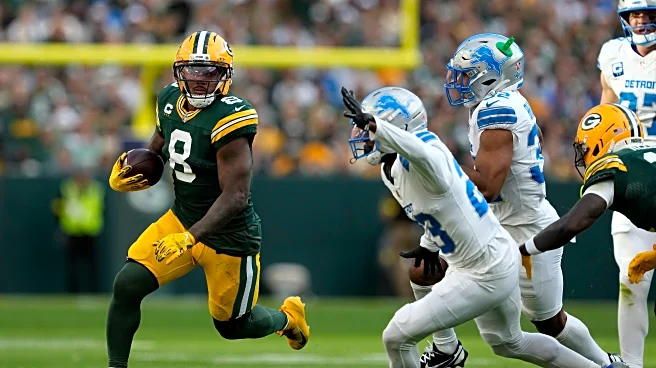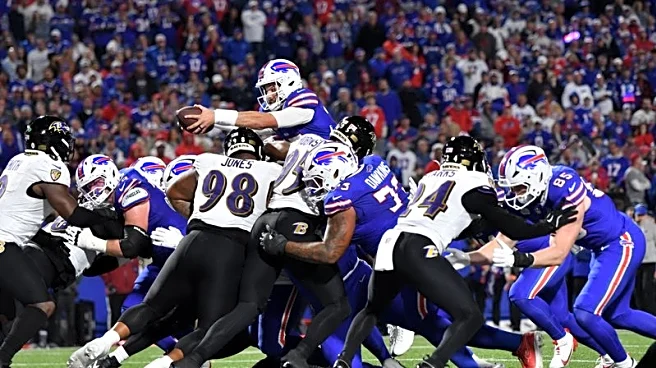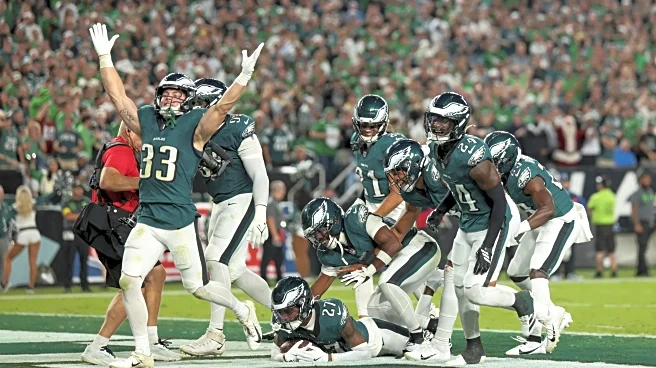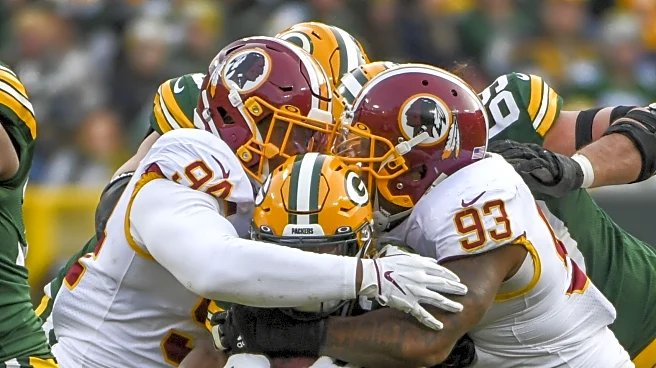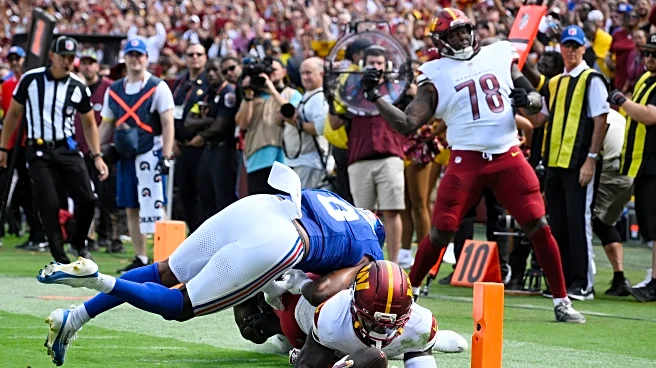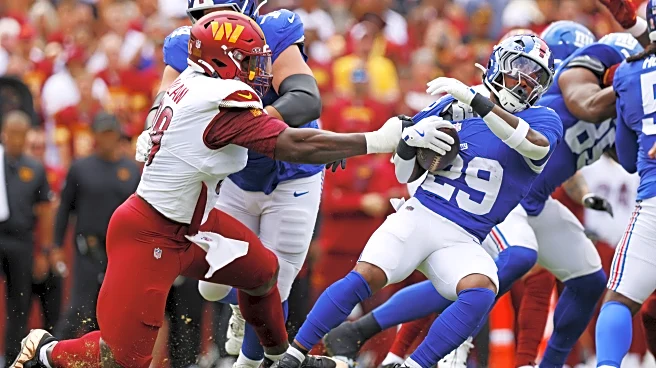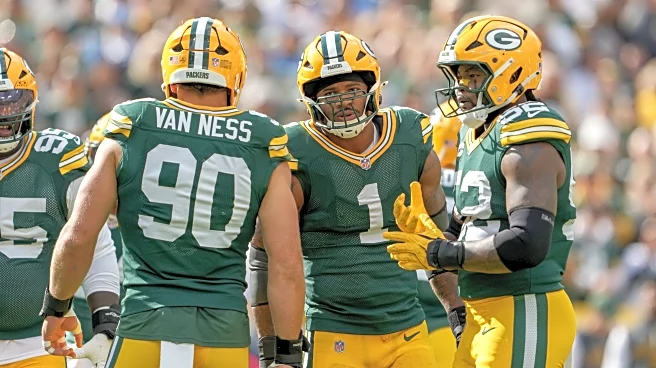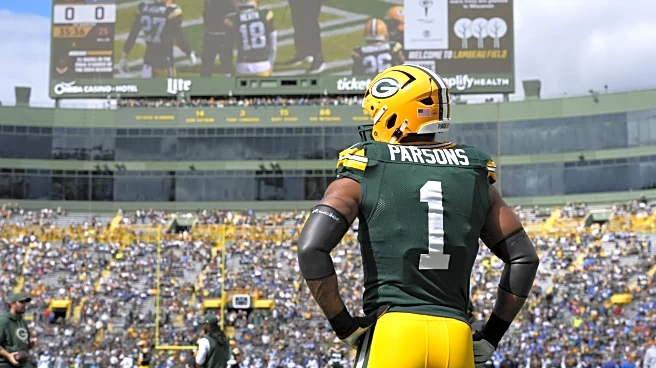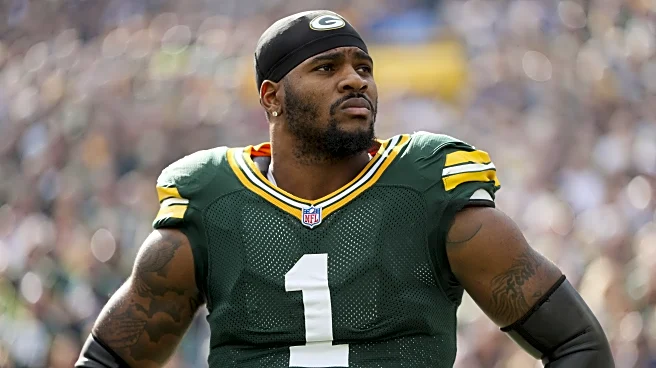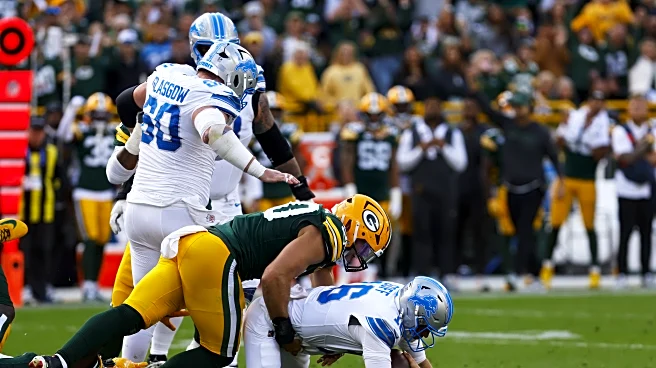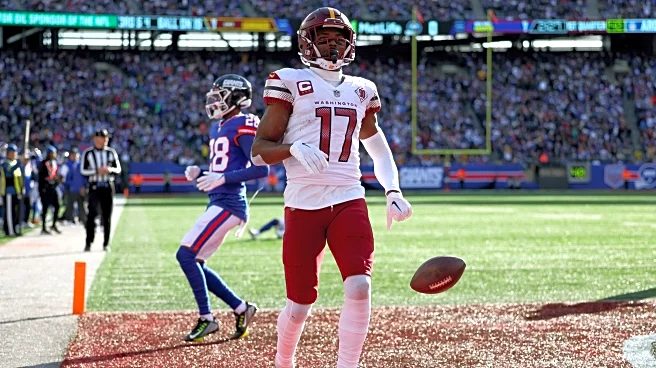
The running game, particularly in the first half, was about all that didn’t go right for the Green Bay Packers on Sunday. An explosive passing game and a defense that limited the Detroit Lions to their least explosive game since 2021 meant that the Packers’ slow churn on the ground mattered little as Green Bay sprinted out to a comfortable lead by halftime. With a new offensive line group, including new free agent signing Aaron Banks, I’ve been curious as to how the run game would continue to adapt
in 2025, and we got our first look this past Sunday.
Over the course of Matt LaFleur’s tenure in Green Bay, the Packers have gone from a team heavily reliant on traditional Shanahan outside zone, powered by the burst of Aaron Jones, into a team that looks to more evenly split its run game between zone and gap schemes, with outside zone in particular taking a backseat since the arrival of Josh Jacobs. Back in 2019, the Packers ran zone concepts on 75% of their carries, which started declining by a few percentage points every year during Aaron Jones’ tenure, finishing 2023 at just 60% of carries. With the introduction of a new primary back in 2024, the Packers called zone runs on just 55% of their carries last season. And Sunday? Not including Jordan Love’s quarterback sneak, the Packers called zone runs on exactly 50% of their carries.
With the offensive line getting larger over the course of the past half-decade, and running games across the NFL getting into power and counter more often, it’s no surprise that Green Bay has been on a similar trend. This past Sunday, Green Bay only ran outside zone on two plays, neither of which hit big, but were able to pick up three and four yards, respectively, which was more than what the Packers could say for much of the game.
A big issue the offensive line ran into was an extremely aggressive run fit game plan from Detroit. A combination of the defensive ends hopping gaps, effectively gambling on being right, and aggressive run fits from the linebackers at the second level just didn’t leave Jacobs much to work with, even if there weren’t a ton of instances of the line getting beat on their blocks. When second-level guys are crashing into the line of scrimmage, there just isn’t space to work with, especially if you’re going to keep your runs more vertical. This strategy from Detroit was a double-edged sword, however, as while they held Jacobs to a measly 1.6 yards-per-carry, -0.188 EPA-per-rush, and a horrid 28.6% success rate in the first half, the Packers’ passing game absolutely steamrolled them to the tune of a blistering +0.784 EPA-per-dropback, powered by intermediate work behind the linebackers and big shots down the field.
In the second half, the Lions pivoted to a more standard front four defense instead of a mix of Bear front looks in the first half, and the second-level defenders weren’t crashing down as hard on run fits, and there were fewer run blitz calls from Detroit. Jacobs tallied a much more respectable 4.8 yards-per-carry and +0.036 EPA-per-rush in the second half. Perhaps more importantly than that, the success rate lept up to 56.3%. The Packers only hit one rush that could be classified as an explosive in the second half, a fifteen-yarder by Jacobs, but the running game kept Green Bay on schedule and kept the clock moving, which is precisely what was needed given the game state. That explosive has a good laugh in it, too. The Packers run a split zone here, with Kraft coming across to get the backside defensive end, but the good stuff is on the front side here, where Sean Rhyan ends up with Brian Branch as his assignment. Branch can either try and hold his ground and likely get sent into the stands by the 325-pound guard, or he can try and juke the block, which he does attempt. Unfortunately for Branch, he ends up with first-round rookie Tyleik Williams in his lap as Elgton Jenkins has gotten the seal.
The challenge in week two will look quite a bit different, as they face a Dan Quinn-led Washington Commanders team. While the Commanders’ defense was stout up front against the New York Giants, the Packers, even in a dinged-up state, present a much different challenge than the quite poor Giants front. Last season under Quinn, the Commanders were 27th in EPA-per-rush allowed and 24th in success rate. While they swapped out one veteran defensive tackle in Jonathan Allen for another in Javon Kinlaw, he has been one of the worst run-defending defensive tackles in the NFL over the prior three seasons, per Pro Football Focus. Quinn’s defenses typically play relatively light players in the box, so this week may present an opportunity for the Packers’ run game to really get on track and pick up where they left off in the second half.
